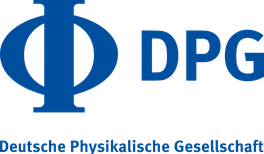
Dangling bonds can be produced with atomic precision by selectively removing hydrogen atoms from a Si passivated surface with a scanning tunneling microscope (STM). Dangling bond wires (DBW) and dangling bond loops open fascinating possibilities for becoming the building bocks of novel planar, atomic-scale electronic circuits and logic elements. We perform a realistic study of transport properties of the DBW connected to the carbon nanoribbon leads and quantum interference effects in DBW loops by combining density-functional based approaches with equilibrium and non-equilibrium Green function methods. We develop methodology to study different topologies (half row, full row, zigzag), length of the loops, lead coupling strength and position.

Dangling bonds can be produced with atomic precision by selectively removing hydrogen atoms from a Si passivated surface with a scanning tunneling microscope (STM). Dangling bond wires (DBW) and dangling bond loops open fascinating possibilities for becoming the building bocks of novel planar, atomic-scale electronic circuits and logic elements. We perform a realistic study of transport properties of the DBW connected to the carbon nanoribbon leads and quantum interference effects in DBW loops by combining density-functional based approaches with equilibrium and non-equilibrium Green function methods. We develop methodology to study different topologies (half row, full row, zigzag), length of the loops, lead coupling strength and position.